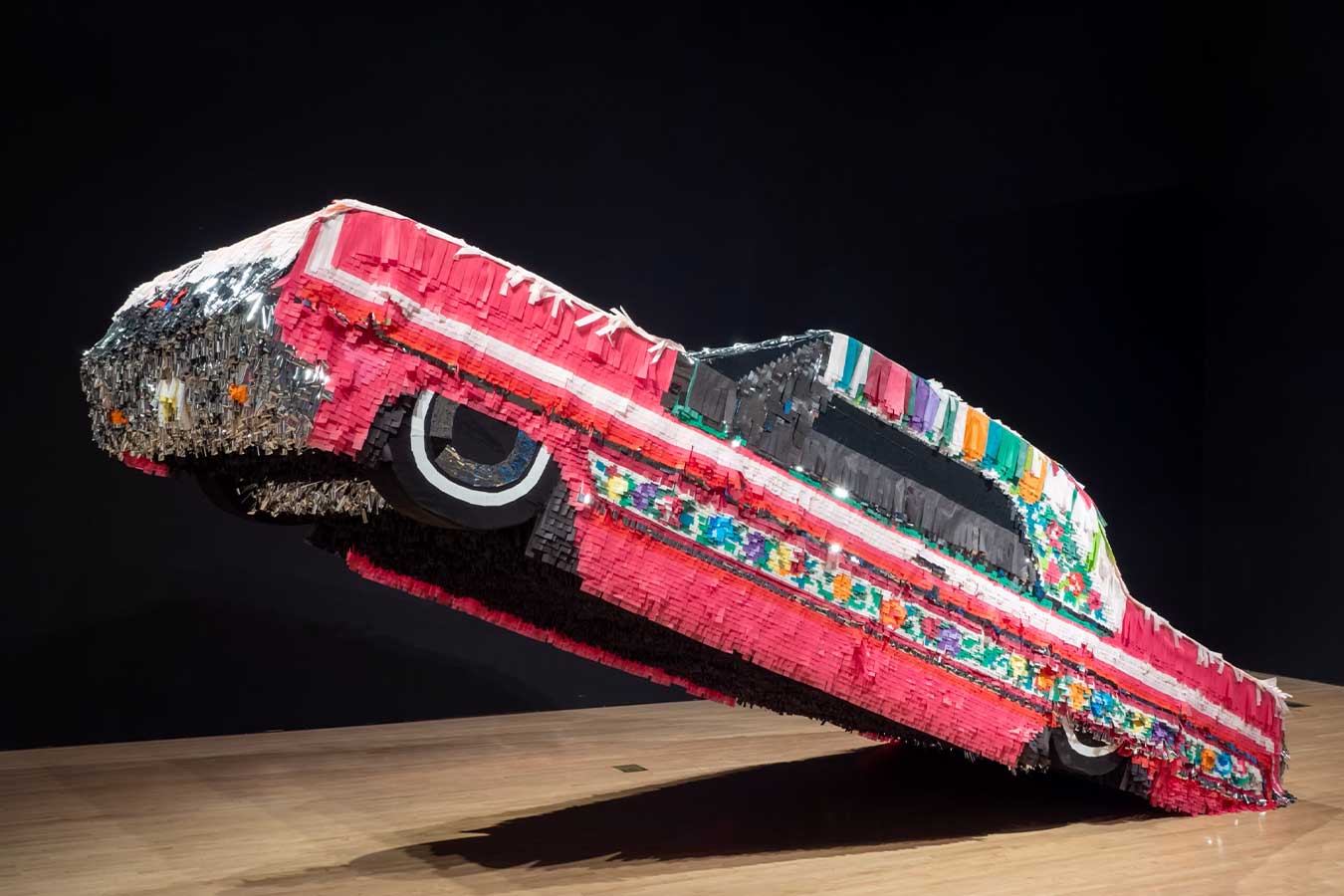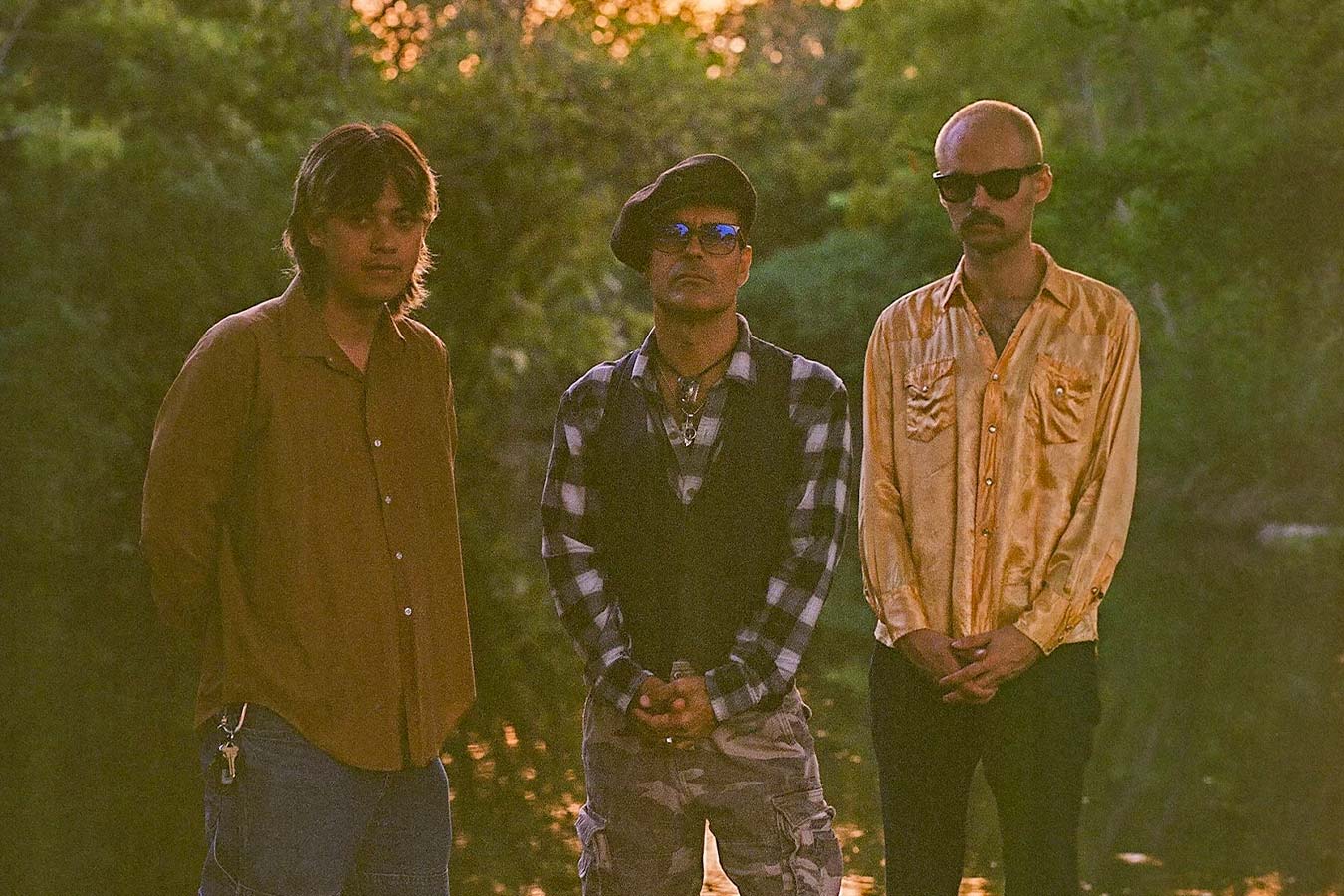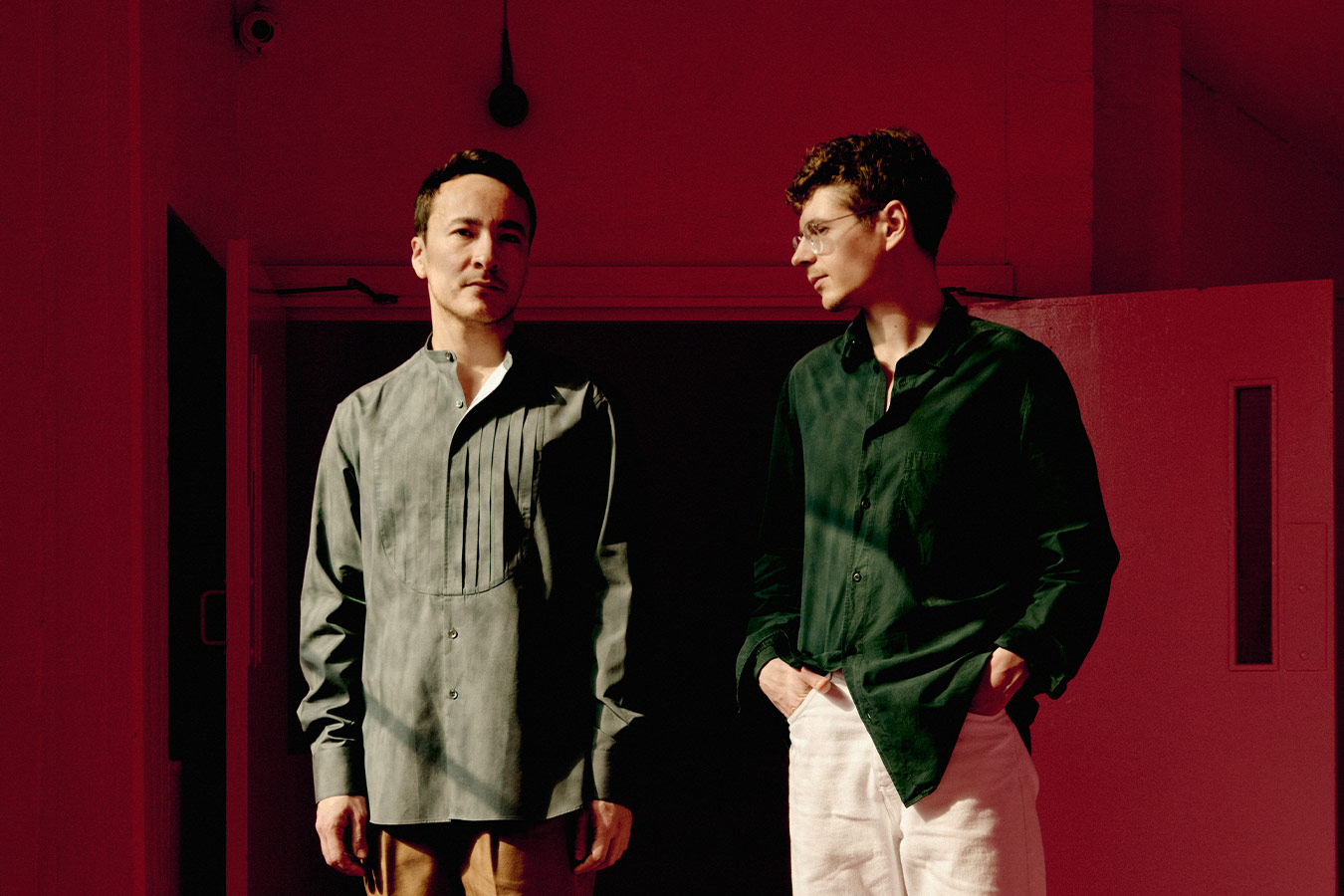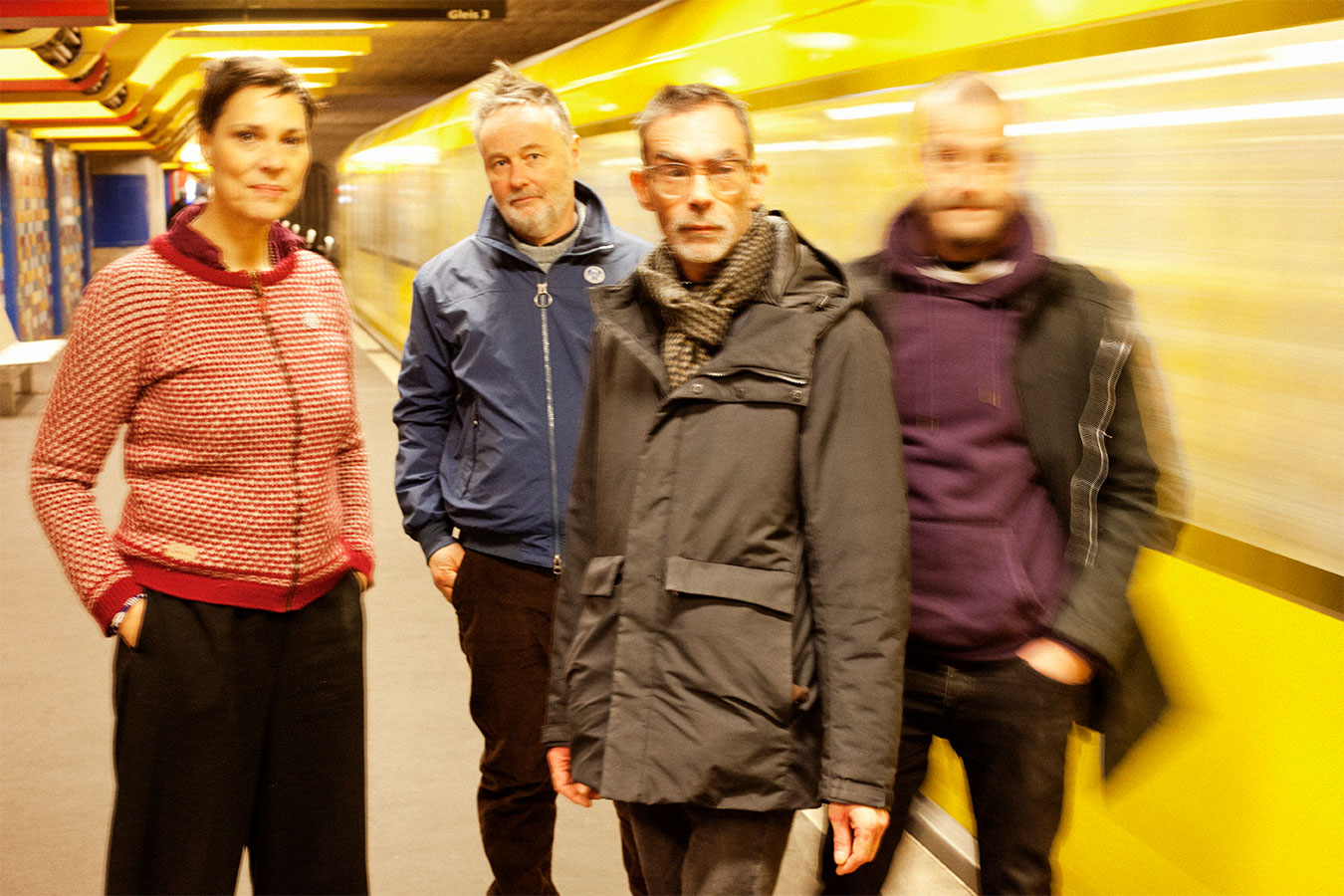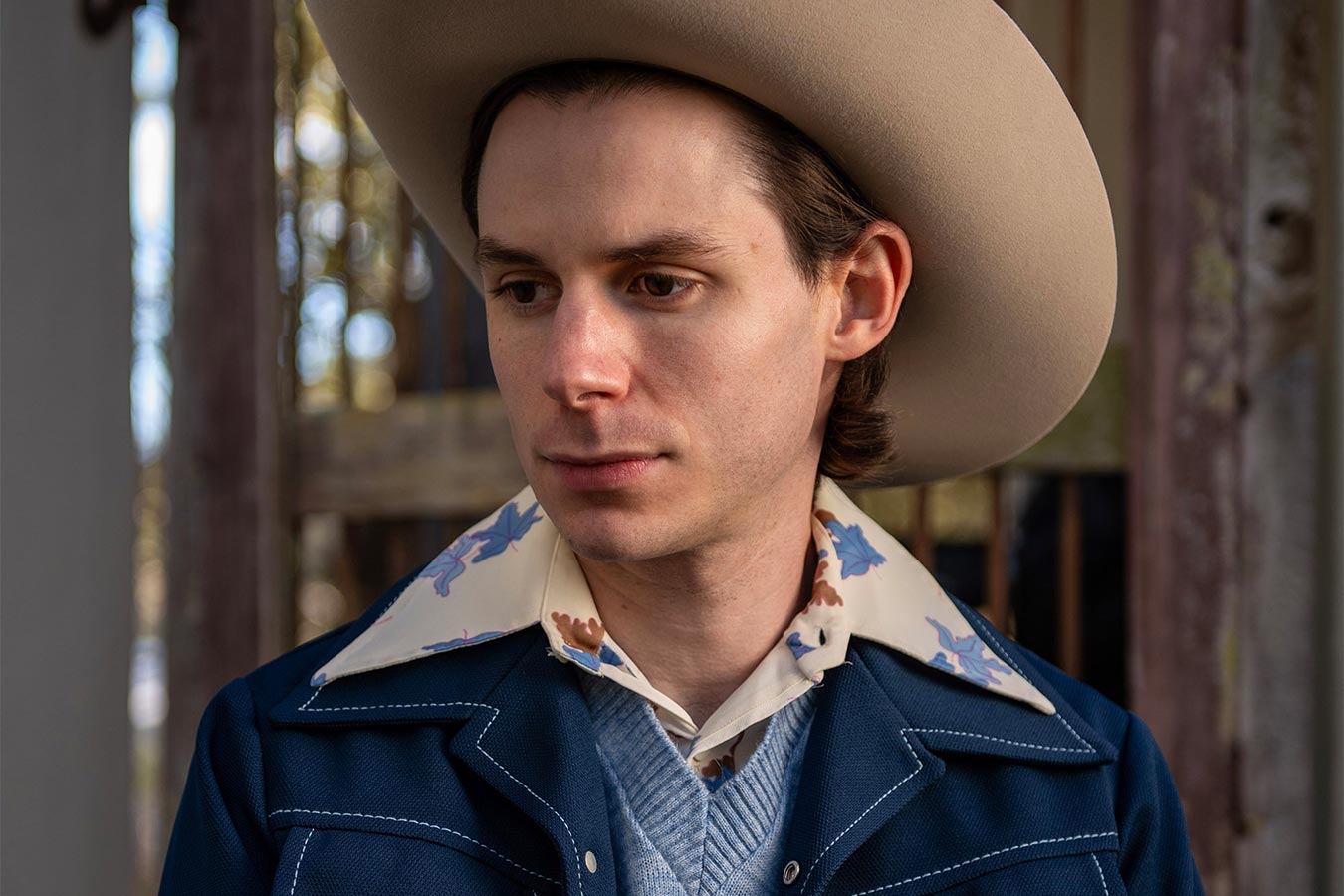Simone Leigh’s “Free People’s Medical Clinic”
October 7, 2014

Visitors at the Free People’s Medical Clinic interact with visiting nurses from the Black Nurse Association of New York. Image courtesy of Creative Time.
Artist and friend of Ballroom, Simone Leigh has teamed up with Creative Time and the Weeksville Heritage Center as part of the organizations’ Funk, God, Jazz, and Medicine: Black Radical Brooklyn project, which is described as:
a walkable month-long art exhibition of four community based art commissions…. (which) launches from the site of Weeksville, a Brooklyn community established by free and formerly enslaved Black citizens 11 years after abolition in New York State. Black Radical Brooklyn draws inspiration not only from this story-achieving self-determination through the claiming and holding of a neighborhood- but also from radical local battles for land and dignity from the 1960s to today.”
Leigh’s contribution is the Free People’s Medical Clinic (the “medicine” from the project’s title).
As described by Creative Time, the Free People’s Medical Clinic (FPMC) will:
engage the critical intersections of public health, racial consciousness, and women’s work as it asks viewers to consider the often-overlooked players—most especially the unknown Black women nurses, osteopaths, gynecologists, and midwives—who have overserved an underserved population for centuries. While the project name borrows from the Black Panthers’ community-based healthcare efforts in the 1960s, 1970s and 1980s, its gaze lingers on 19th century medical pioneers including Dr. Susan Smith McKinney Steward, the first Black woman doctor in NY State and a Weeksville resident; The United Order of Tents, a secret fraternal order of Black Women nurses founded during the Civil War; and Dr. Josephine English, the first African-American woman to have an OB/GYN practice in the state of New York, delivering all six daughters of Malcolm X and Betty Shabazz. Leigh will convert the late Dr. English’s home at 375 Stuyvesant Avenue into a temporary space that explores the beauty, dignity and power of Black nurses and doctors, whose work is often hidden from view. Leigh’s FPMC will point to a larger need for dignified healthcare experiences by offering a limited array of homeopathic and allopathic services ranging from yoga instruction to community acupuncture, all offered by Brooklyn-based practitioners.
The FPMC‘s classes will continue until the project’s end on October 20th, 2014. Other artists involved include Xenobia Bailey (Funk), Bradford Young (God), and Otabenga Jones & Associates (Jazz).
